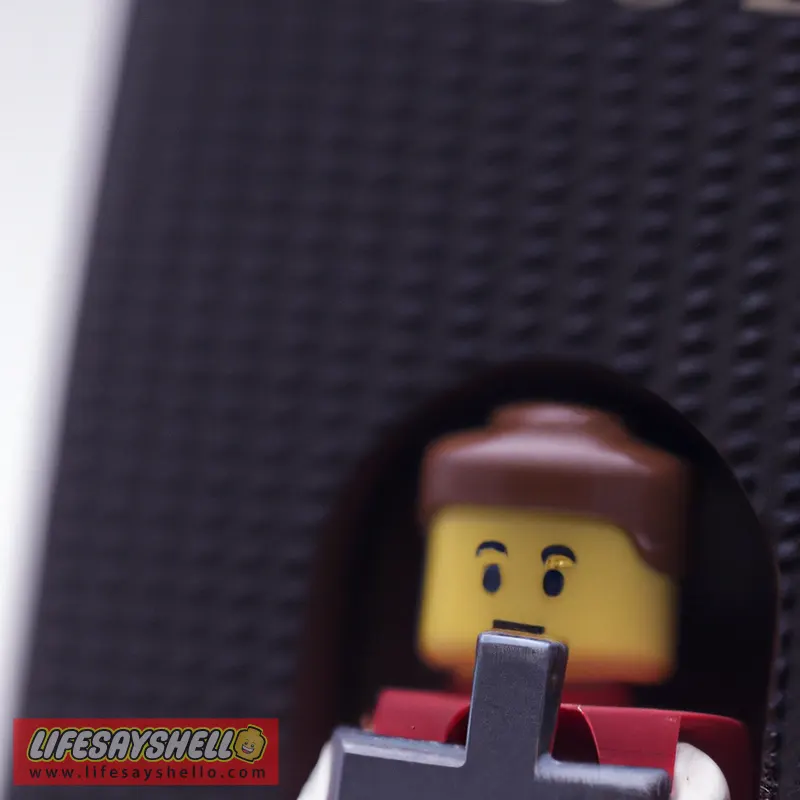How to Sign "How" in American Sign Language

Have you ever wanted to learn how to sign the word “how” in American Sign Language (ASL)? Knowing how to sign basic words and phrases like “how” is crucial for communicating effectively in ASL. In this comprehensive guide, you’ll learn multiple variations of the ASL sign for “how” along with when and how to use each one correctly.
Introduction to Signing “How” in ASL
ASL is a complete, complex language that is expressed by movements of the hands combined with facial expressions and body language. It has its own grammar, sentence structure, and cultural nuances. Many people mistakenly think ASL is just a simple pictorial representation of English words, but it is so much more!
Mastering a sign as common as “how” is an important step in learning ASL. Understanding the proper handshape, motion, and usage will allow you to start signing basic sentences and conversing. Since the sign for “how” is used frequently, it’s crucial to learn the variations and use them correctly.
Let’s dive into the main sign variations for “how” and when you should use each one!
The Main Sign Variations for “How” in ASL
There are a few primary ways to sign “how” in ASL that you’ll see used by native signers. The main versions are:
1. Double Hand Roll
This is one of the most common signs for “how.” To form it:
- Start with both hands in curved “C” shapes, fingers together and palms facing down or slightly back.
- Then, twist both hands forward at the wrists so palms roll up to face forward and fingers curl in slightly.
This smooth rolling motion of both hands clearly conveys the meaning of “how.” The handshape with palms down represents holding a question, then flipping up shows opening it up to get an answer.
2. Fists Rolling Forward
Another popular variation starts with:
- Both hands in loose fists, thumbs pointing up.
- Roll both hands forward, ending with palms facing up and fingers slightly curved inward.
Same motion, just a different starting hand configuration. The thumbs up represent the inquisitive nature of a “how” question before flipping forward.
3. One Handed Twist
You’ll also see “how” signed by only twisting one dominant hand:
- Dominant hand in curved or fist shape, palm down
- Twist hand forward so palm faces up and fingers curl in
This is more of a short-hand, casual version. But it can only be used in certain contexts, which we’ll cover next.
When to Use Each Variation of “How”

The two-handed signs are more formal and clear. Use them anytime you want to carefully enunciate “how” or emphasize the question. Some guidelines on when to use each version:
Double Hand Roll
- Use when formally asking a question where you expect a response.
- Works for fully signing questions like “How are you?”
- Helps identify standalone words as questions, like saying “How?” by itself.
- Adds emphasis when you want to clearly convey “how.”
For example, you’d sign “How are you?” by rolling both hands on “how” then transitioning the dominant hand into the sign for “you.”
Fists Rolling Forward
- Interchangeable with the double hand roll.
- No major difference in meaning.
- May feel more comfortable or natural based on personal preference.
One Handed Twist
- Used for casual questions or when signing rapidly.
- Works if “how” is at the end of a sentence so you can lead into the next sign smoothly.
- Indicates a rhetorical question or quick informal inquiry where a full response isn’t expected.
- Shows up more in conversational signing.
You’d likely sign “How’s it going?” with a quick one handed twist on “how.”
Tips for Mastering the “How” Sign
Here are some useful tips to help you properly sign “how” in ASL:
- Handshape - Be sure to curl fingers in slightly and tuck thumbs for rolled signs. Keep hands loose, not tense.
- Motion - Twist from wrist, keeping arms steady. Use smooth, flowing rolls.
- Facial expression - Raise eyebrows and tilt head forward slightly to indicate a questioning expression.
- Speed - Sign “how” rapidly in casual conversation but slow down for emphasis.
- Practice fluidity - Try different handshapes and get comfortable forming the rolling motion from various positions.
Putting It All Together
Now you have a full grasp on the proper way to sign “how” in American Sign Language! Remember these key points:
- The double hand roll and fists forward are the clearest, most formal signs.
- Use two hands for emphasis or when signing full questions and sentences.
- The one hand twist is good conversationally or when signing quickly.
- Match your facial expression and speed to the context.
- Practice smoothing out the twisting wrist motion.
Being able to properly sign “how” is an integral ASL skill. This will allow you to sign basic questions, engage in conversational signing, and continue building your ASL fluency.
For additional help mastering “how” and other signs, look for online ASL classes, mobile apps, and opportunities to practice with native signers. Improving your signing takes time and patience, but being able to communicate in ASL is a hugely rewarding experience!




Comments